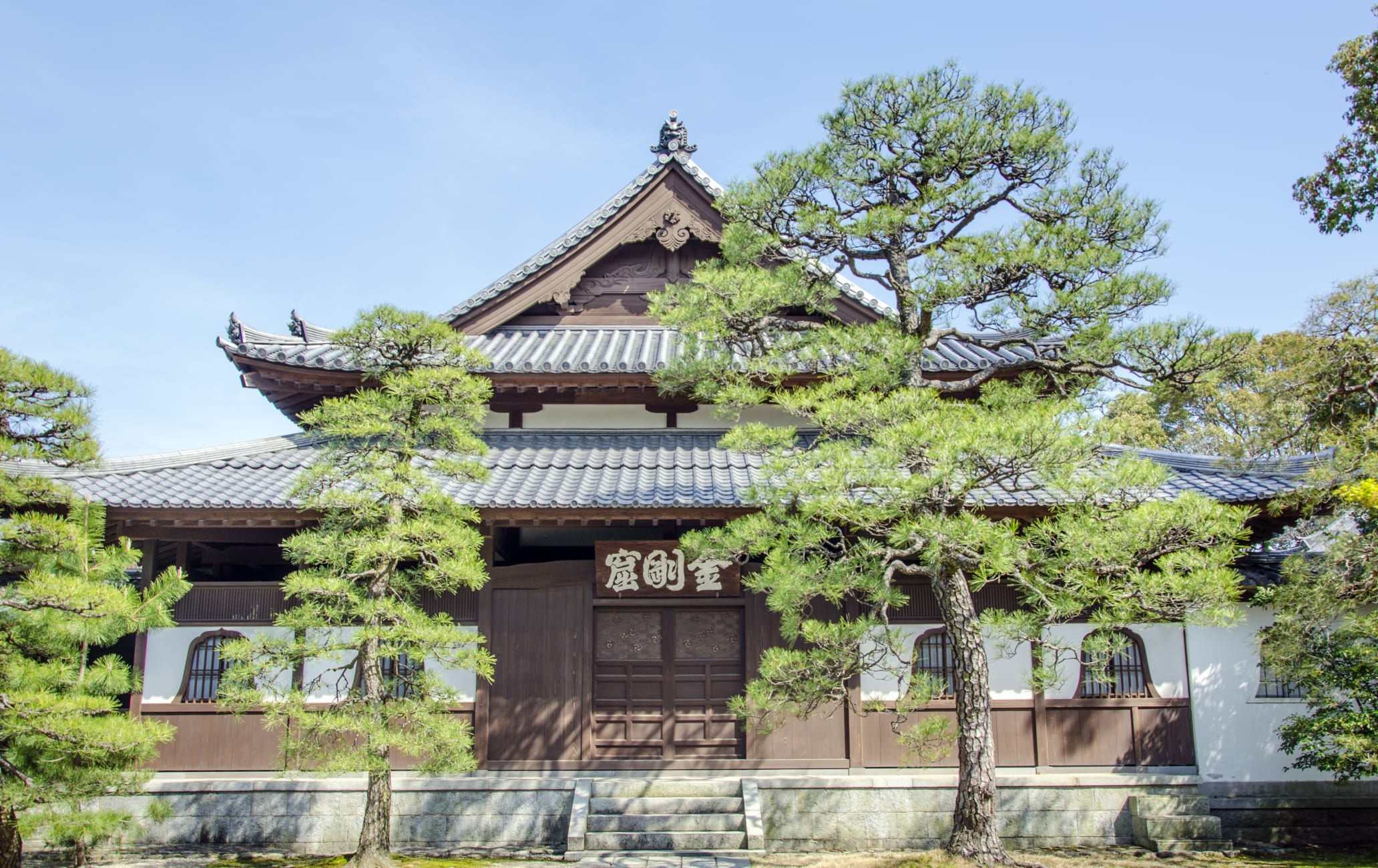An ancient temple home to plum trees, treasure, and Zen meditation
Located on a hill beside the Chikugo River right next to Kurume Station sits Bairinji, a temple that dates back to the 17th century and still actively practices the Myoshinji school of Rinzai Zen Buddhism.
How to Get There
The temple is accessible by train and is a five-minute walk from Kurume Station.

Practice Zazen meditation
Monks from across Japan gather at Bairinji Temple in the center of Kurume for a particularly ascetic form of Zen training open to paying members of the public. Those who take part in the training will practice Zazen meditation and share food and chores with the monks as part of a form of training called samu, or moving Zazen.
Plum blossoms
The temple's name, Bairinji, translates to Plum Grove Temple. Perhaps unsurprisingly, the temple's outer garden is famous for the roughly 500 plum trees that grow there. These plum trees, donated by locals in 1958, flower mid-February to mid-March, adding a streak of pink and white to the temple grounds. The blossoms are quite fragrant, and many visitors come to the temple to enjoy a cup of tea and sweets beneath the flowering trees.
Lots of cultural assets
The temple is a treasure trove of some 600 cultural assets. The collection includes the silken hanging scroll of three Buddhas called “Shaka Sanzon” and a painting of Mt. Fuji by renowned Edo-period painter Ogata Korin (1658-1716). The back of the temple houses the tombs and mausoleums of each successive lord of the Kurume Domain.


























































